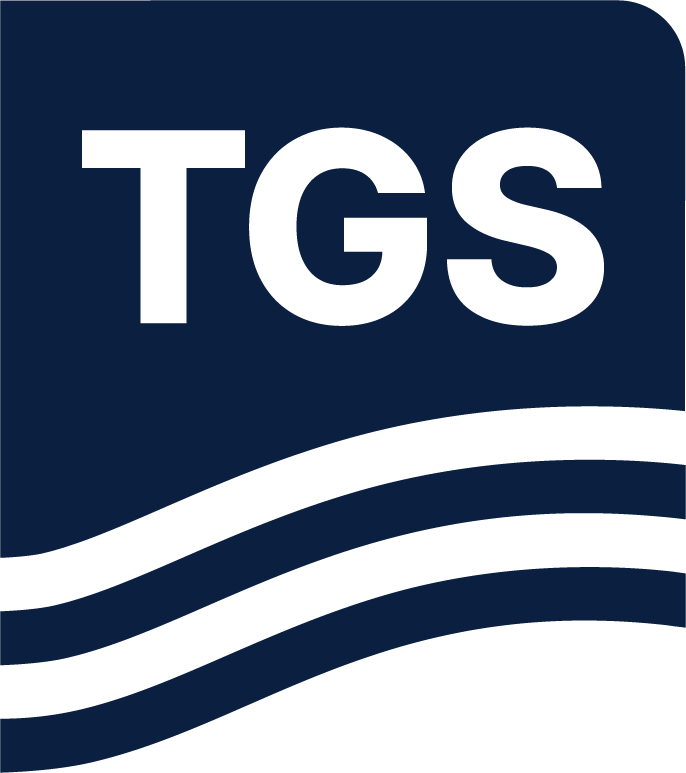Could Western Haynesville address domestic and global demand shifts towards natural gas?
The Western Haynesville play, currently defined by the East Texas counties of Robertson, Limestone, Freestone, and Leon, sits in an ideal location for gas processing and distribution infrastructure (Figure 1). TGS analysis shows that despite deeper wells and higher completion costs, the Western Haynesville has economics comparable to the legacy Haynesville play with the potential to outperform long-term.
Four existing LNG terminals are already in operation nearby on the Gulf Coast, and an additional multiphase LNG terminal is currently under construction with expected service start dates between Spring 2026 to Spring 2027. These additional facilities are expected to add up to a nominal 2.04 BCF/D of export capacity. This comes as demand for LNG imports increases across the globe, especially in Asia and Europe, where natural gas exports to European countries has dropped by nearly 50% in the last year. Domestically, increased natural gas supply could also address emerging volatility in energy markets where nationwide energy demand is growing 2%-3% annually, and in regions with newly-created AI data centers where energy demand is rising by as much as 10%. Increasing domestic and international demands for natural gas and utility grade electricity helps to explain why the emerging Western Haynesville play is garnering so much attention.

Figure 1. Western Haynesville map showing location and proximity to gas processing facilities, infrastructure, and pipelines (infrastructure and midstream layers sourced from MAPSearch).
The Western Haynesville play is currently in the early stages of development and validation. But early results indicate that productivity of the western play area could rival tier 1 acreage from the legacy Haynesville (Figure 2). Using TGS Well Economics Data, we compared the economic performance of both plays. While the western play area is significantly deeper, resulting in higher D&C costs, those costs have been dropping by over 20% in the last 3 years as the play has developed (Figure 3).

Figure 2. Gas type curves for Western Haynesville and Haynesville based on TGS Well Performance Data.

Figure 3. Western Haynesville wells demonstrate higher NPV and lower break-evens despite higher initial well costs, with notably higher D&C costs offset by efficiency gains over time.
The latest TGS Western Haynesville report offers a comprehensive analysis of the region, diving into geology, economics, and well performance to compare the Legacy and Western Haynesville plays. For a deeper exploration of these findings, you can access the full report here: Haynesville Basin Development Analysis: Legacy vs. Western Regions.
For more information about TGS Well Data Analytics or to schedule a demo, please contact us at WDPSales@tgs.com.


